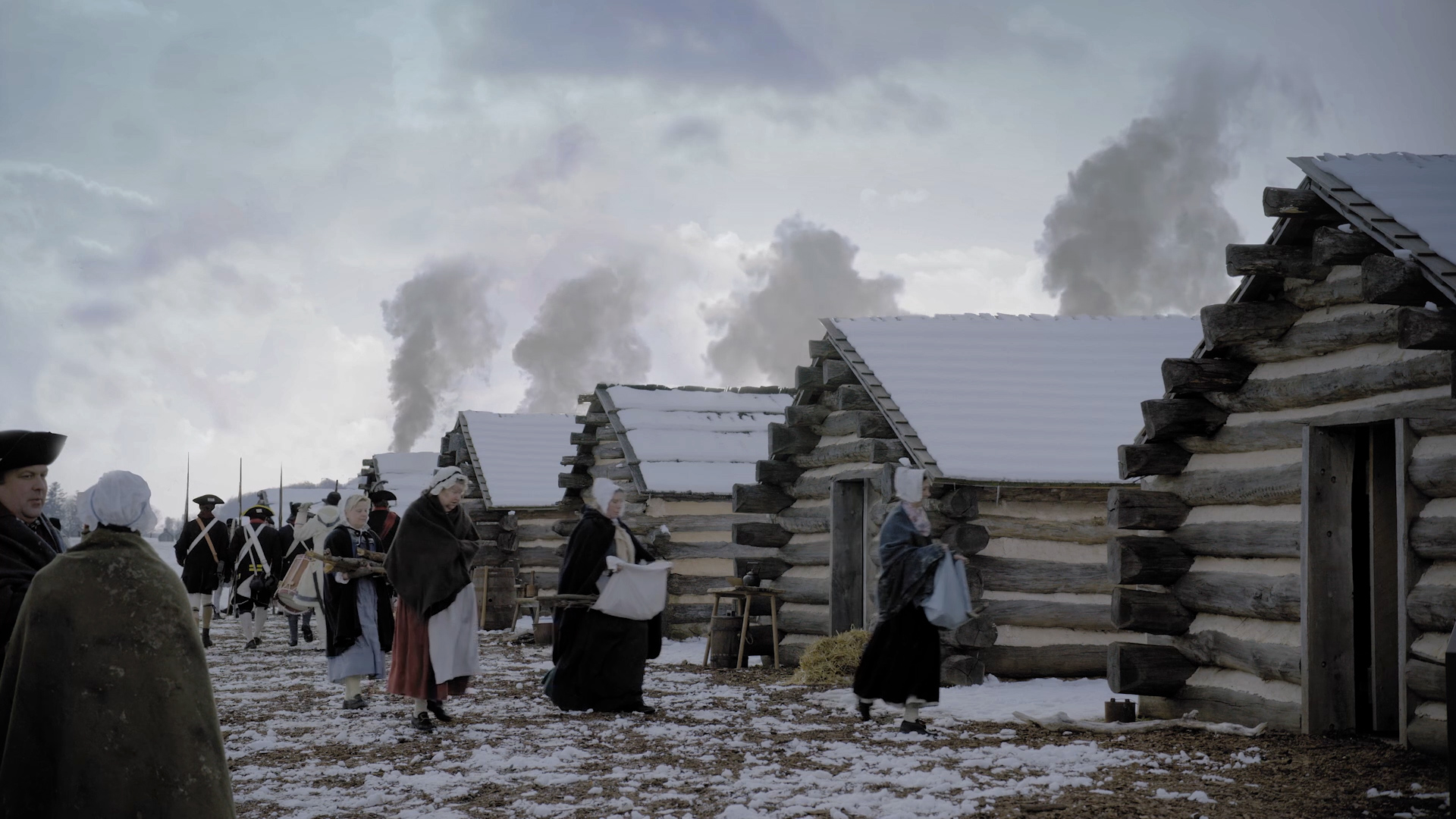Lost Battle Sites Of Pennsylvania’s Valley Forge

Valley Forge is a place where history whispers through the trees and fields. This site in Pennsylvania is famous for its role during the American Revolutionary War. General George Washington and his troops spent a harsh winter here in 1777-1778. Today, visitors can walk the same grounds where soldiers once trained and lived. The park offers a glimpse into the past with its reconstructed huts, monuments, and museums. Exploring these battle sites, you can almost hear the echoes of muskets and the determination of those who fought for freedom. Whether you're a history buff or just curious, Valley Forge provides a unique chance to connect with America's past. It's a place where stories of courage and resilience come alive, making it a must-see for anyone interested in the nation's history.
Discovering Valley Forge's Hidden History
Valley Forge, a name that echoes through American history, is more than just a symbol of endurance and resilience. It's a place where stories of struggle and triumph unfolded during the harsh winter of 1777-1778. While many know the general history, few are aware of the hidden battle sites scattered throughout this historic park. Let's uncover some of these lesser-known locations that played a crucial role in the American Revolutionary War.
1. Mount Joy
Mount Joy, a serene hill within Valley Forge, holds secrets of past military strategies. During the encampment, this site served as a lookout point for the Continental Army. From here, soldiers could survey the surrounding area, keeping an eye out for British movements. Today, visitors can hike to the top and imagine the strategic importance it once held.
2. Redoubt 3
Redoubt 3, one of the defensive fortifications built by the Continental Army, stands as a testament to the soldiers' determination. These earthworks were constructed to protect the camp from potential British attacks. Walking through this area, you can almost hear the echoes of soldiers preparing for battle, their resolve unwavering despite the harsh conditions.
3. Valley Creek
Valley Creek, a gentle stream winding through the park, was more than just a water source. It played a vital role in the daily lives of the soldiers, providing water for drinking, cooking, and washing. The creek's banks also served as a natural barrier, adding an extra layer of defense against enemy forces. Strolling along its path, one can appreciate its quiet yet significant contribution to the encampment's survival.
4. Artillery Park
Artillery Park, a lesser-known area within Valley Forge, was where the Continental Army stored its cannons and other artillery pieces. This site was crucial for maintaining the army's firepower, ensuring they were ready for any confrontation. Exploring this area, you can almost feel the weight of the cannons and the responsibility they represented for the soldiers tasked with their care.
5. Washington's Headquarters
Washington's Headquarters, while not exactly hidden, is a must-visit for understanding the leadership challenges faced during the encampment. This modest stone house served as General George Washington's command center. Here, critical decisions were made, shaping the course of the Revolutionary War. Walking through its rooms, you can sense the gravity of the choices made within these walls.
6. Muhlenberg Brigade Huts
The Muhlenberg Brigade Huts offer a glimpse into the daily lives of the soldiers who endured the harsh winter at Valley Forge. These reconstructed log cabins show the cramped and challenging living conditions faced by the troops. Visiting this site, you can almost feel the cold seeping through the walls, a reminder of the sacrifices made for the cause of independence.
7. The Grand Parade
The Grand Parade, a large open field, was where the Continental Army drilled and practiced maneuvers. This site was essential for maintaining discipline and readiness among the troops. Standing on this field, you can envision rows of soldiers marching in unison, their spirits lifted by the promise of eventual victory.
8. The Forge Site
The Forge Site, from which Valley Forge gets its name, was an iron forge that played a crucial role in supplying the army with tools and weapons. This industrial hub was vital for the army's operations, providing the necessary resources to sustain the encampment. Exploring this area, you can imagine the clang of metal and the heat of the forge, a lifeline for the soldiers during their time at Valley Forge.
Discovering History in Valley Forge
Valley Forge holds a special place in American history. Exploring its lost battle sites offers a unique glimpse into the past. Walking through these historic grounds, you can almost feel the presence of the soldiers who endured harsh winters and fought for independence. Each site tells a story of bravery, sacrifice, and resilience. From the Muhlenberg Brigade to the Artillery Park, every corner of Valley Forge has something to teach us. Visiting these sites not only enriches our understanding of the Revolutionary War but also deepens our appreciation for the freedoms we enjoy today. Whether you're a history buff or just curious, Valley Forge's battle sites provide a meaningful experience. So next time you're in Pennsylvania, take a moment to step back in time and connect with the stories that shaped a nation.

